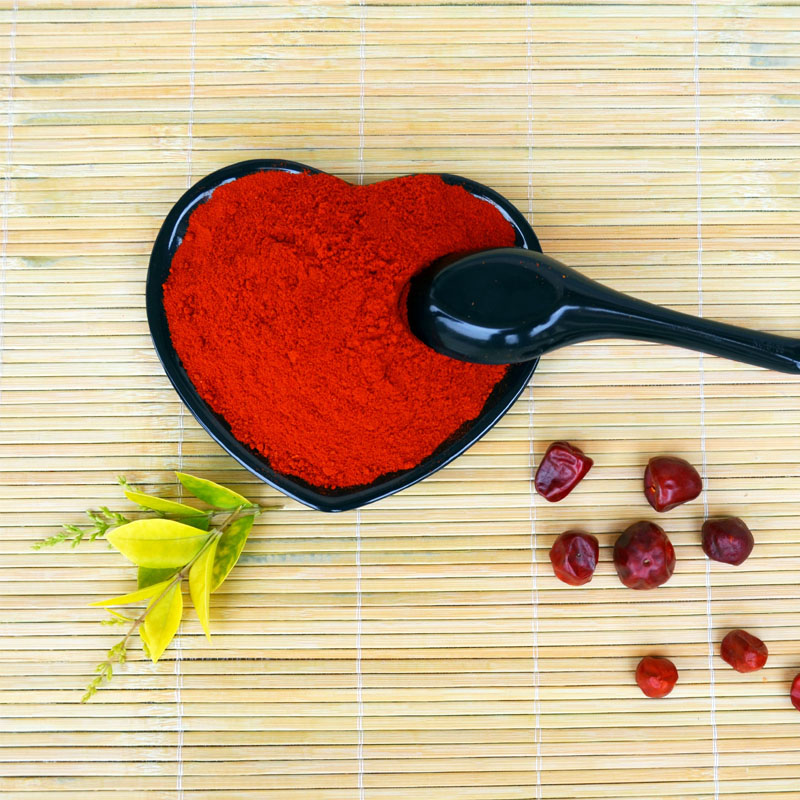- No. 268 Xianghe Street, Economic Development Zone of Xingtai city, Hebei 054001 China
- Byron@hbhongri.cn
chili paprika
The Vibrant World of Chili Paprika
Chili paprika, a spice that is both vibrant in color and rich in flavor, has found its place in kitchens and culinary practices around the world. Originating from the Capsicum annuum species, this spice has various forms, including sweet, hot, and smoked varieties, making it a versatile addition to any dish. From its historical roots to its culinary applications, chili paprika is an essential ingredient worth exploring.
Historical Origins
The journey of chili paprika begins in Central and South America, where indigenous people have cultivated peppers for thousands of years. When Christopher Columbus returned to Europe from his voyages in the late 15th century, he brought with him various types of peppers, sparking a culinary revolution across the continent. Paprika made its way to Hungary and Spain, where local farmers cultivated and adapted the species to their climate and taste preferences. Over time, it became a staple in these cuisines, with Hungary being particularly renowned for its rich and flavorful paprika varieties.
The Rich Varieties
Chili paprika can be categorized into several types based on its flavor profile and preparation method. The most common varieties include
1. Sweet Paprika Often used in dishes for its mild flavor and bright red color, sweet paprika is a staple in many kitchens. It lends a pop of color and a gentle taste, making it perfect for seasoning stews, sauces, and salads.
2. Hot Paprika For those who enjoy a kick of heat, hot paprika is an excellent choice. It can spice up a meal while still preserving the rich, smoky flavor typical of paprika. It is frequently used in spicy sausages, such as chorizo, giving the dish both heat and vibrant color.
chili paprika

3. Smoked Paprika Also known as pimentón, smoked paprika originates from Spain and is made from peppers that are smoked over an oak fire. This unique preparation imparts a robust, smoky flavor that is ideal for grilled meats, stews, and even dips, adding depth and complexity to the dish.
Culinary Applications
The culinary uses of chili paprika are endless. In Hungarian cuisine, it is the backbone of dishes such as goulash and pörkölt, where it provides warmth and depth. In Spanish cuisine, it is essential in dishes like paella and various tapas, bringing a distinctive taste profile that enhances the overall flavor.
In addition to these traditional uses, chili paprika has made its way into modern culinary practices. It can be found in spice blends, such as Cajun seasoning and barbecue rubs, contributing to the depth of flavor in grilled and smoked dishes. Moreover, it has gained popularity in fusion cuisines, where chefs experiment with combining flavors from different cultures, often using paprika to bridge the gap between distinct culinary styles.
Health Benefits
Beyond its culinary appeal, chili paprika also boasts several health benefits. It is rich in antioxidants, particularly carotenoids, which help combat oxidative stress in the body. Furthermore, it contains essential vitamins such as vitamin A, B6, and E, contributing to overall health. The capsaicin found in hot varieties of chili has been linked to metabolism enhancement, pain relief, and improved cardiovascular health. Incorporating chili paprika into your diet can provide both flavor and health boosts.
Conclusion
Chili paprika is more than just a spice; it is a key player in the global culinary landscape. With its rich history, diverse varieties, and health benefits, it is no wonder that chili paprika is celebrated in kitchens worldwide. Whether you are a seasoned chef or a home cook, adding chili paprika to your repertoire can enhance your dishes while also offering a taste of history and culture. Next time you reach for that bright red spice, appreciate the vibrant world of flavors and heritage that it encapsulates, igniting not just your meals, but your culinary creativity as well.
-
Unlock the Power of Nature with Capsicum Oleoresin ExtractNewsJul.03,2025
-
Unleash the Heat: Discover the Wonders of Spicy Crushed Red PepperNewsJul.03,2025
-
Unleash the Flavor of Red Pepper Pods – Elevate Your Culinary Creations!NewsJul.03,2025
-
The Rich Flavor of Red Pepper Dried – The Ultimate Ingredient for Your Culinary Creations!NewsJul.03,2025
-
Discover the Rich Flavor of the PaprikaNewsJul.03,2025
-
Discover the Flavorful World of Paprika & Chili ProductsNewsJul.03,2025







